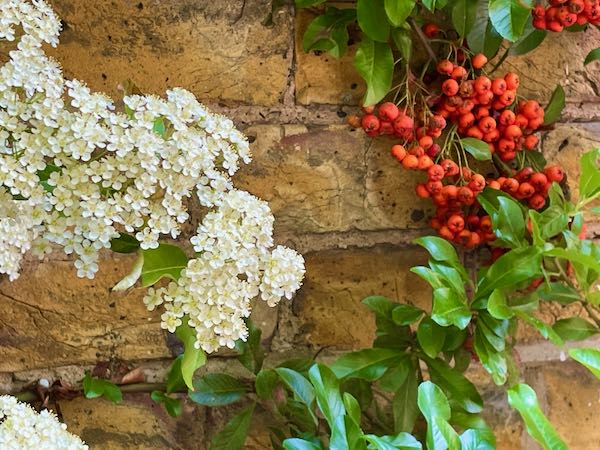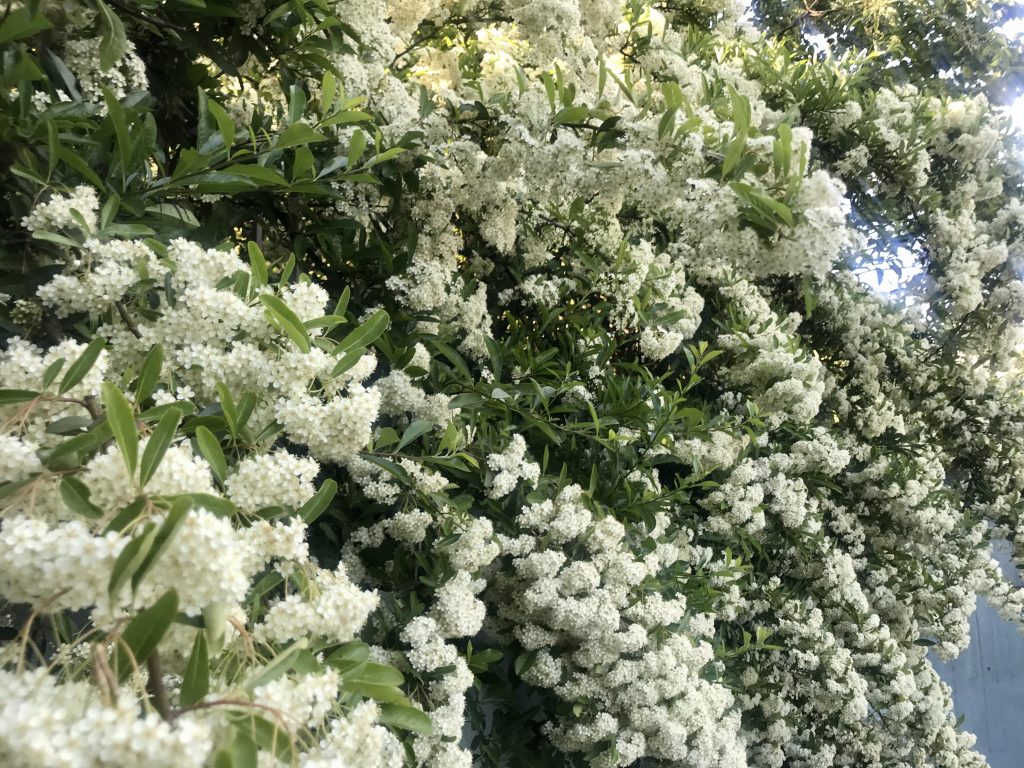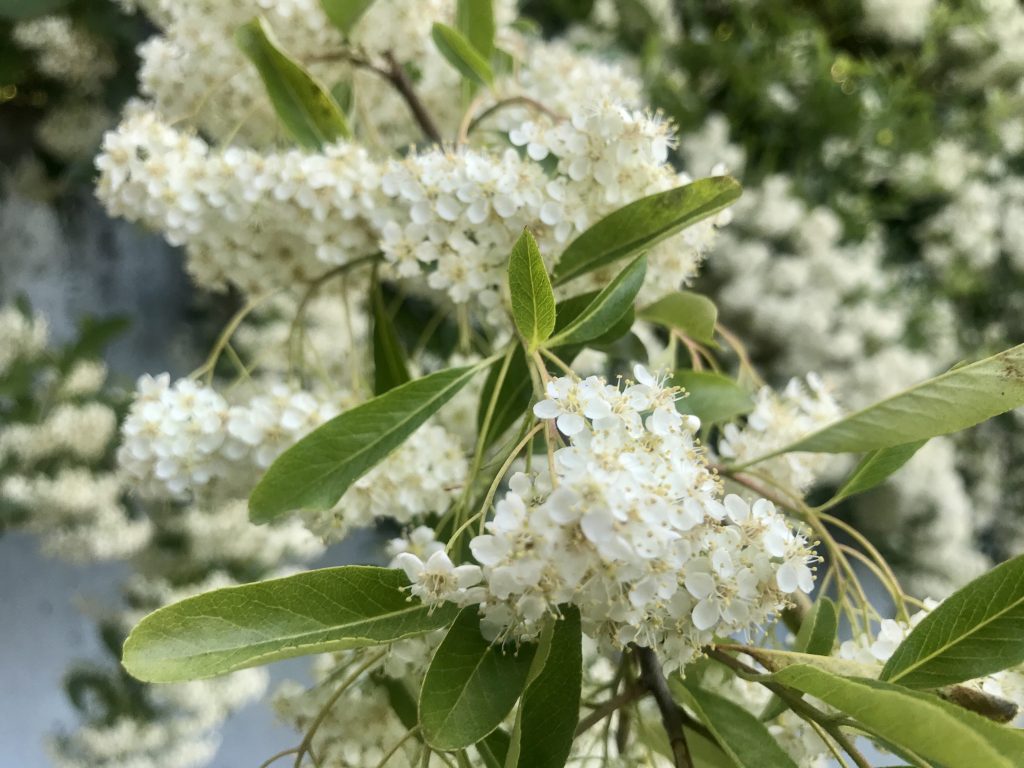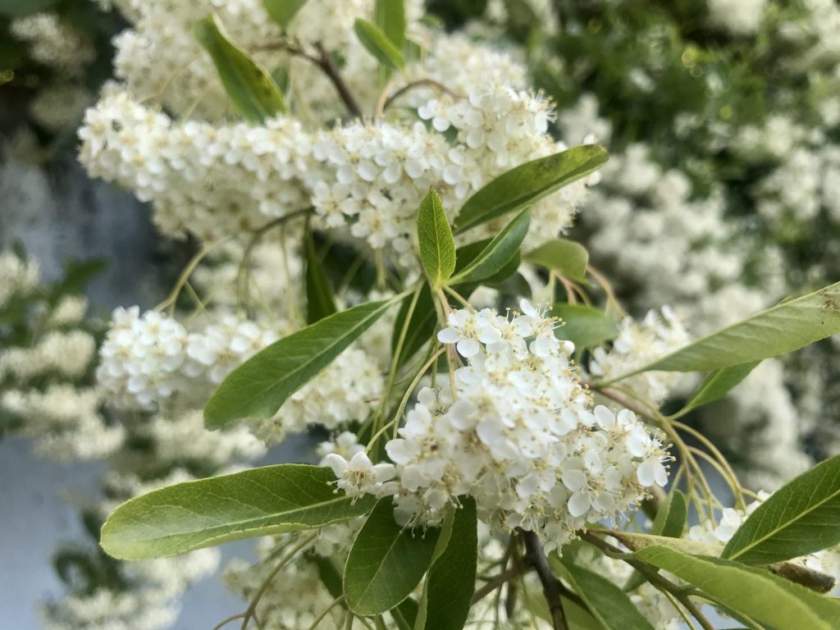Pyracantha coccinea: The Vibrant Scarlet Firethorn
Pyracantha coccinea, commonly known as Scarlet Firethorn, is a European species that has been cultivated since the 16th century. It belongs to the Rosaceae family of plants and is admired for its vibrant red berries, which adorn the plant during autumn and winter. The name Pyracantha is derived from Greek words meaning “fire” and “thorn,” aptly describing the fiery appearance and thorny nature of this plant.
Description and Habitat
Native to Southwest Europe, Pyracantha coccinea is a hardy evergreen shrub that adds beauty and interest to gardens and landscapes. It produces pomes as fruits, which resemble apples or cherries. While the pulp of the fruit is safe to eat, the seeds contain mild toxins and should be avoided in large quantities, especially when consumed raw. However, the fruit can be used to make delicious jams after removing the seeds. Birds are attracted to the fruit, particularly during cold winters when other food sources are scarce.
A cultivated variety called Pyracantha coccinea ‘lalandei’ has been developed to produce yellow berries, offering an alternative color choice.

Cultivation of Pyracantha coccinea:
Sunlight and Shade: Pyracantha coccinea thrives in both full sun and partial shade. However, it tends to produce more berries when exposed to ample sunlight.
Soil and Drainage: Plant Pyracantha coccinea in fertile, well-drained soil to ensure its optimal growth. If you intend to grow it as a wall shrub, provide sufficient space, allowing at least 50cm or 20 inches between the plant and the wall.
Pest and Disease Management: Keep an eye out for common issues such as scab or leaf blight. Regular monitoring and prompt action can help prevent or control these problems.
Propagation: Propagate Pyracantha coccinea through cuttings in a moist environment with indirect sunlight. It may take up to 10 weeks for roots to develop and establish.
Pruning and Maintenance: Pruning Pyracantha coccinea is essential for maintaining its shape and vigor. For hedging purposes, it is best to prune in mid-summer. Otherwise, early spring is suitable for removing dead branches and shaping the plant. This variety of Pyracantha coccinea, with fewer thorns, is easier to maintain and prune.
Versatility in the Landscape: Pyracantha coccinea is a versatile plant that offers year-round interest in the landscape. Apart from being grown as a standalone shrub, it can be trained as a climber or a wall shrub, enhancing vertical spaces and creating stunning visual effects.
By incorporating Pyracantha coccinea into your garden or landscape, you can enjoy its enchanting beauty, wildlife attraction, and the array of options it provides for creative design and cultivation. Ensure proper care and maintenance to maximize its ornamental value and appreciate its unique characteristics throughout the seasons.






